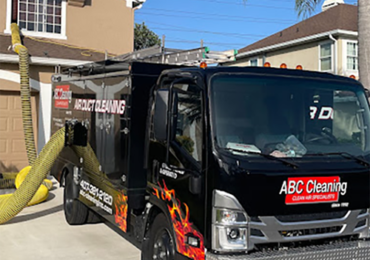Tips to Manage Allergens: Spring brings blooming flowers and warm weather, but it also introduces allergens and irritants that can disrupt our health, especially for those with asthma and allergies. According to the Allergy and Asthma Foundation of America (AAFA), millions of people suffer from allergies, and managing your environment can greatly improve your quality of life during this season.
Here are a handful of effective strategies and products to help reduce allergens and irritants in your home.
1. Enhance Indoor Air Quality
Air Purifiers – Invest in a high-quality air purifier with a HEPA filter to trap allergens like pollen, pet dander, and dust mites. Place air purifiers in frequently used areas such as bedrooms and living rooms to maximize their impact.
Humidity Control – Keep indoor humidity levels between 30% and 50%. Use humidifiers to add moisture to dry air and dehumidifiers to reduce excess moisture, which helps control mold growth and dust mites. Both devices are essential for maintaining a balanced indoor environment.
2. Maintain Cleanliness
Regular Cleaning – Weekly cleaning can significantly reduce allergens. Use a vacuum cleaner with a HEPA filter to capture fine particles that traditional vacuums might recirculate. Wearing a dust mask while cleaning can help prevent inhaling allergens.
Bedding and Upholstery – Use dust mite-proof covers on mattresses and pillows. Wash bedding weekly in hot water to eliminate dust mites and allergens. Additionally, clean or replace curtains and deep clean upholstery where allergens can accumulate.
3. Improve Filtration and Ventilation
Replace HVAC Filters – Regularly change the filters in your heating, ventilation, and air conditioning (HVAC) systems. Choose filters with a high MERV (Minimum Efficiency Reporting Value) rating to capture smaller particles and improve indoor air quality. Ensure you use the correct MERV rating for your system to avoid overtaxing it and reducing its lifespan.
Enhance Ventilation – Open windows when the pollen count is low and use exhaust fans in the kitchen and bathrooms to reduce moisture and cooking fumes, which can worsen asthma symptoms.
Air Duct Cleaning – Consider professional air duct cleaning to remove accumulated dust, mold, and allergens, improving your home’s air quality and the efficiency of your HVAC system.
4. Establish a Pollen-Free Zone
Keep windows and doors closed on high pollen days. Use air conditioning at home and in the car to keep pollen out. Remove shoes at the door and shower after being outdoors to wash off pollen from your skin and hair.
5. Manage Pet Dander
Regularly groom pets to reduce dander. Establish pet-free zones, especially in bedrooms, to minimize allergy exposure while you sleep.
By implementing these strategies and using effective products, you can significantly reduce allergens and irritants during the allergy and asthma season. While living with allergies and asthma can be challenging, the right approach allows you to enjoy spring without the sneeze. For more information, consult healthcare professionals and visit the Allergy and Asthma Foundation of America’s website.
5 Bonus Tips on How Freshen Your Home’s Air
Improving the air quality in your home is essential for a healthy living environment. According to the American Society of Heating, Refrigerating and Air-Conditioning Engineers (ASHRAE), here are some effective methods to enhance ventilation and boost air circulation in your home:
1. Let Fresh Air In
Enhance air circulation by opening windows and doors to allow fresh air in and push stale air out. This simple step can significantly improve the freshness and cleanliness of your indoor air.
2. Utilize Fans
Using fans or blowers is another effective way to improve air movement in your home. Fans can help expel old air from areas such as bathrooms and kitchens while bringing in fresh air from outside.
3. Install Ventilation Systems
Some homes are equipped with specialized ventilation systems that use fans to exchange indoor air with fresh outdoor air. These systems can also help maintain a comfortable indoor temperature, contributing to energy efficiency.
4. Address Problem Areas
Bathrooms and kitchens often have higher levels of air pollutants. Installing exhaust fans in these areas can help eliminate unpleasant odors and keep the air cleaner and healthier.
5. Use Smart Controls
Advanced ventilation systems may include smart controls that adjust airflow based on the number of occupants or the quality of outdoor air. These controls ensure optimal indoor air quality while minimizing energy consumption.
By implementing these strategies, you can improve air circulation, reduce indoor air pollutants, and create a healthier and more comfortable home environment. If you experience increased allergy or asthma symptoms, it might be time to have your air ducts cleaned.



